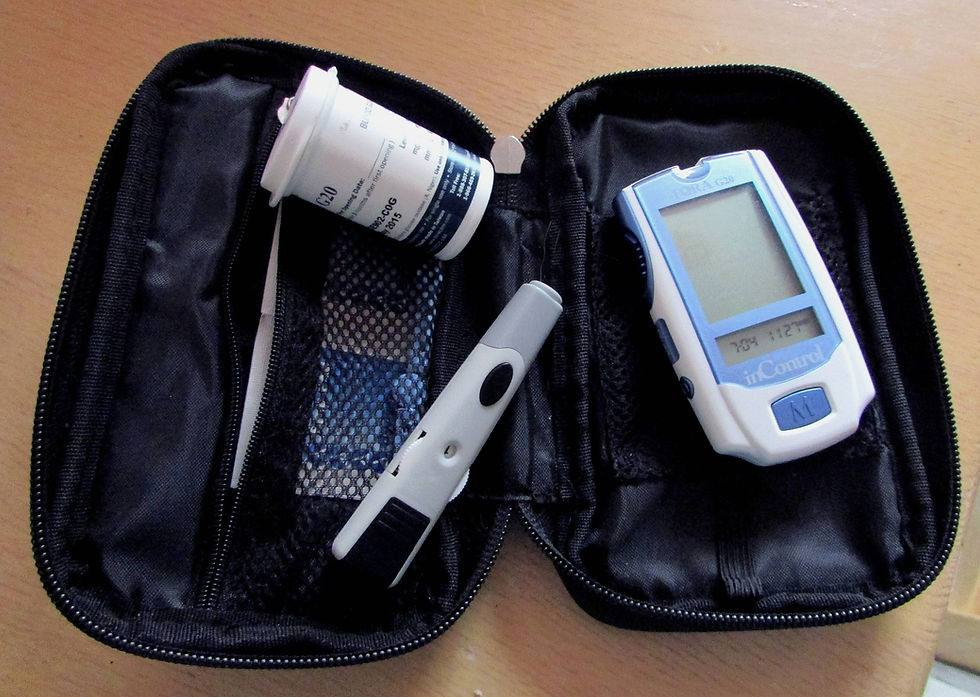Why Zone 2 Training is Crucial
- Mark Turnbull

- Dec 16, 2020
- 3 min read
Updated: Dec 17, 2020

Sometimes I'm against my clients using platforms such as Peloton and Zwift, as each of there sessions seems to result in a higher training stress score than prescribed. These training platforms seem to push riders harder and harder with each session. Now I am not against HIIT training, there is however a time and a place. My concern is how frequently riders are performing these intense exercises during the off season. Working out too hard, too often, can result in overtraining becoming a very real possibility. A difficult problem to contend with once it’s established. Along with overtraining comes an increased risk of injury. Recovery from injury takes a toll: emotionally, physically, and physiologically.
Goals, Longevity, and Zone 2 Training

As trained athletes we want to improve our athletic fitness, endurance, and performance. We also want better quality of life, wellbeing with fewer health problems. That’s why i'm an advocate of Zone 2 training. This involves training at a lower intensity for a longer period of time. I determine riders Zone 2 range using the INSCYD testing protocol, for the purpose of this post we'll assume that the riders range is 55-75% anaerobic threshold.
Zone 2 training is also referred to as base training in the INSCYD power chart. World tour cycling teams using INSCYD testing protocol spend at least 75-80% of their active training is also in Zone 2. Let’s not assume we know more than those who train these world-class athletes.
Benefits of Zone 2 Training
Increase in the number of mitochondria
increase in mitochondrial efficiency
increase in “metabolic flexibility”
lower resting heart rate
a decrease in blood pressure
lower risk of injury
improves insulin resistance
During Zone 2 training you will increase your number of mitochondria, mitochondrial efficiency, and increase your metabolic flexibility. Metabolic flexibility refers to the ability of your mitochondria to utilize fat and glucose as an energy source (substrate). At low heart rates, your main source of fuel should be fat… not glucose. Poorly functioning mitochondria, which is likely to be found in ~ 75% of people will result in metabolic inflexibility.. or the inability to utilize fat versus glucose. The INSCYD testing will also reveal a riders optimal FatMax zone, which is typically a range within Zone 2. This allows a rider and coach to fine tune these endurance rides for optimal adaptation and glycogen sparing. Consistent off-season HIIT sessions will be totally reliant on carbohydrate and you'll struggle to make the FatMax adaptations once the racing season starts. Yes, you need to work all your power zones, just make sure you have the base first.

People who are poorly trained, sedentary, or those with insulin resistance, Type 2 diabetes, and Metabolic Syndrome (hypertension, abdominal fat, insulin resistance [high A1c]) are very poor at using fat and often go straight to glucose as a fuel source very quickly. This is the picture of metabolic inflexibility. This produces excess lactate, and due to poor mitochondrial function their clearance of the lactate is poor, and the lactate builds rapidly. Accompanying lactate is a hydrogen ion. That hydrogen changes the pH of its local environment, in this case, skeletal muscle, and that produces weakness and exhaustion.

Zone 2/FatMax training enables you to use fat as an energy source for longer, and more efficiently. Thus you preserve your glycogen stores for longer. Glycogen gets broken down into glucose which serves as your fuel source for higher intensity efforts. One end product of using glucose is lactate. Now lactate isn’t as bad as you think it is. In trained individuals, they can shuttle the lactate back into the cell and use it as fuel! That requires an active transporter… MCT-1. The more Zone 2 exercise you perform, the more of that transport protein you will make. That improves your ability to clear the lactate. The mitochondria will take the lactate in and use it as fuel.

Perhaps even more important. Mitochondrial health is critical to longevity. Many diseases that affect our lifespan are considered to be due to metabolic dysfunction. Mitochondrial dysfunction is relevant to cancer growth, immune system function, dementia, heart disease, type 2 diabetes, and much more.
#coachingworks #coachingwithsparks#indoorcycling #periodisation #sparksintolife #inscydppd #coaching #cyclecoaching #cycling #fatloss #weightloss #endurancetraining









Comments